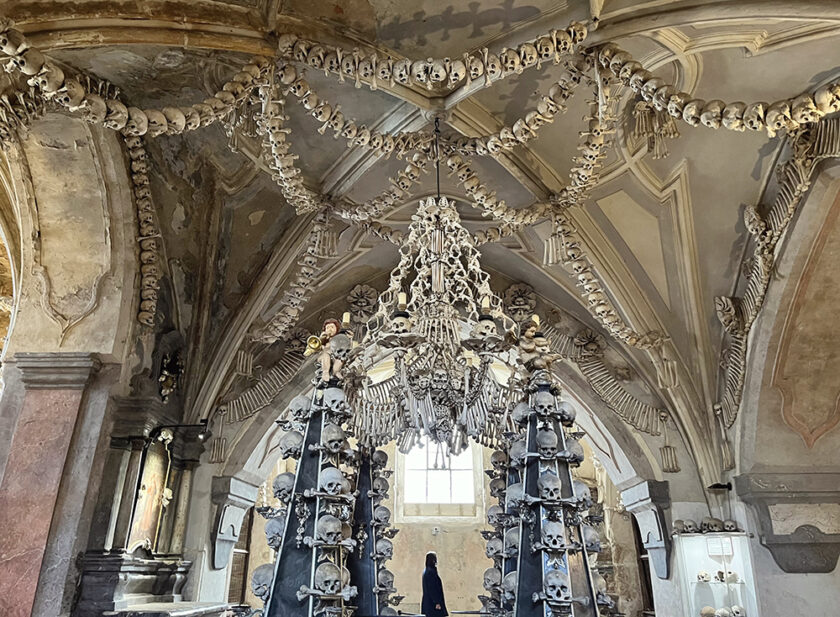
Creepy, beautiful, macbre, eerie, haunting, unique, strange, bizarre. All of these words could be used to describe Sedlec Ossuary, better known as the ‘Church of Bones’.
I’ve been meaning to write about this place for a while, but have never got round to it. Since today is Halloween, a holiday that’s synonymous with ghosts, death and paranormal spirits, celebrated each year on 31 October, I figured the timing couldn’t be better.
If you’re as intrigued by unique architecture and uncommon attractions as I am, then Sedlec Ossuary is certain to pique your interest. Located on the outskirts of Kutna Hora, a UNESCO city and just a mere hour by train from Prague, this old silver mining city makes for a perfect day-trip.
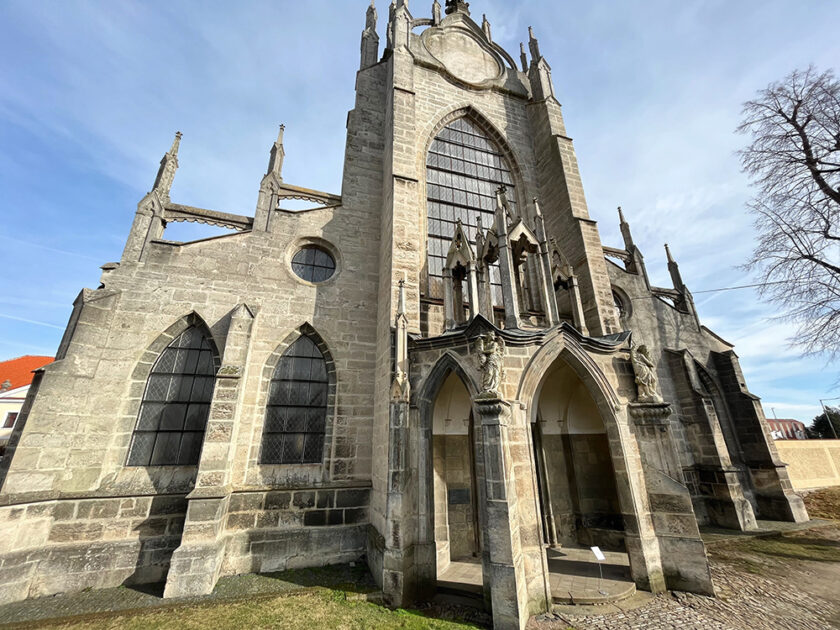
Inside Sedlec Ossuary aka the Church of bones
The history of Sedlec starts in 1278 when Abbot Henry returned from Jerusalem with a jar of earth from the Holy Land, and he scattered it over the cemetery. This ‘holy soil’ made the cemetery a desirable place to be buried and more than 30,000 were.
But it wasn’t long before there simply wasn’t enough room for everyone to rest in peace, and the bodies were moved to a crypt to make room for the newly dead. Adding to this, the cemetery grew exponentially during the Black Death and the Hussite wars that decimated Central Europe’s population.
Admittedly, once inside, it was smaller than I had imagined. I’ve visited a few places like this in Italy and Portugal that are much larger. As well as the sprawling catacombs of Paris, but as far the Czech Republic goes, this one is the most famous. In 2001 something similar to the one in Paris was discovered in Brno, but I’ve yet to see it.
However, what it lacked in size, it made up for in detail. Some 40,000 human skeletons adorn the walls, ceiling and pillars. Arranged into chandeliers, towers and even coats of arms filled the room. The intricacy of the shapes had a peculiar beauty that you might only otherwise find in art. I mean, the way the bones were beautifully positioned like mosaics and sculptures, you could legitimately call it art.
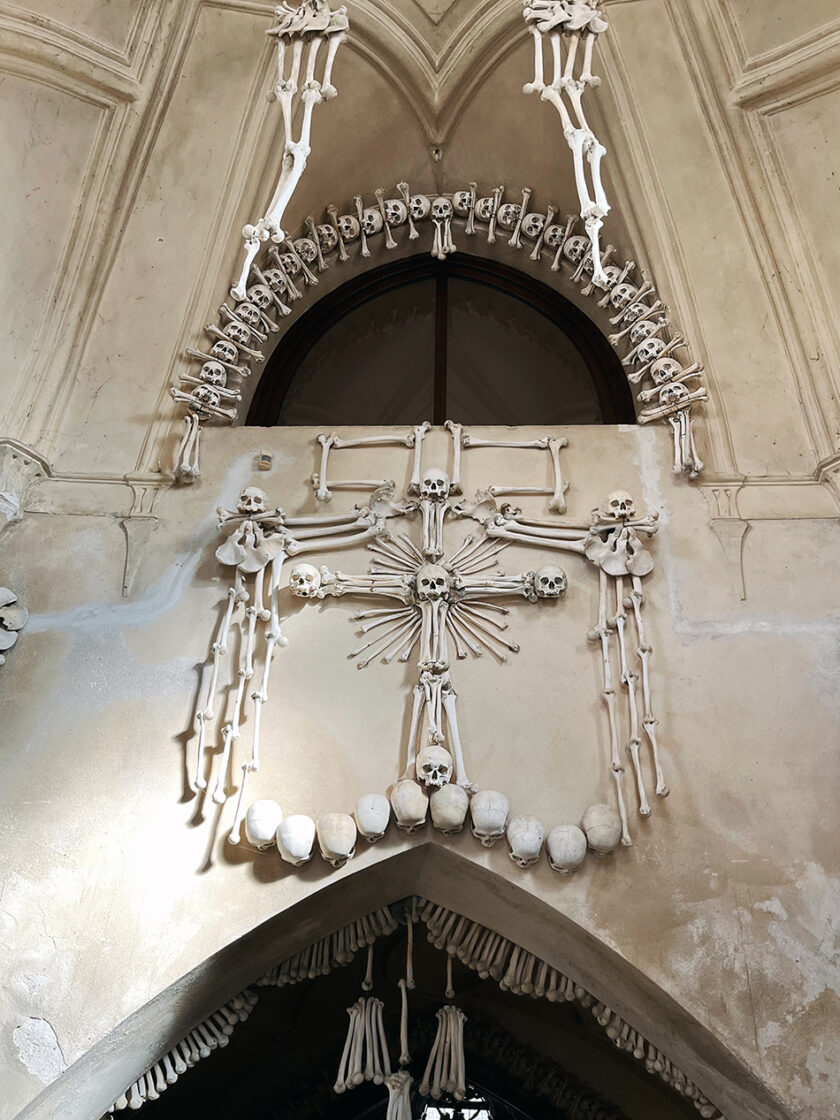
František Rint the Bone Artist
A legend says that in the 16th century, a half-blind monk started arranging the bones, but in reality the creative presentation of the bones can be attributed to František Rint who realised this project from 1867 to 1870. Rint was a woodcarver and carpenter who was commissioned by the aristocratic Schwarzenberg family to orderly arrange the huge amount of bones in and around the small Christian chapel in Sedlec.
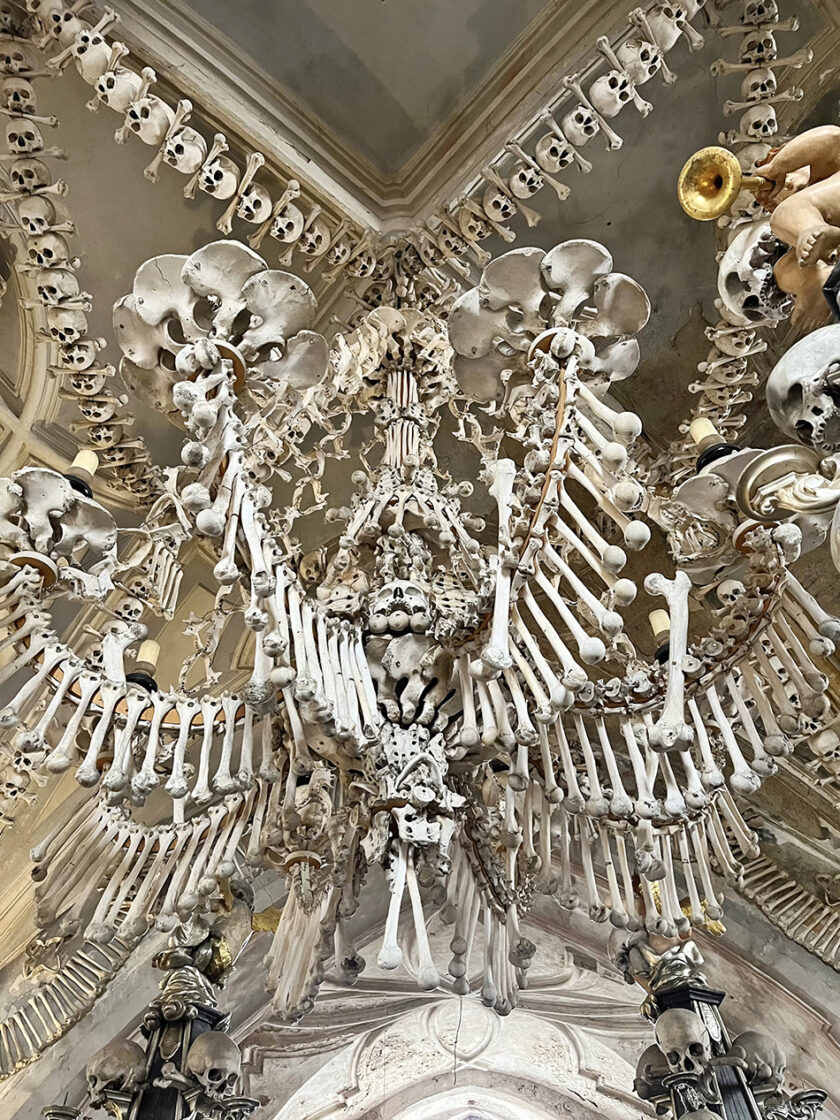
The showpiece of the site is an enormous chandelier (pictured above), that hangs from the centre of the ceiling. The bones can begin to look quite abstract, momentarily forgetting these are actual remains, but if you look closely, you’ll notice all kinds of unexpected details, such as the candles holders made from pelvic bones and skulls.
Reportedly containing at least one of every bone that us humans have in our bodies, it’s certainly a claim that not many light fittings can make.
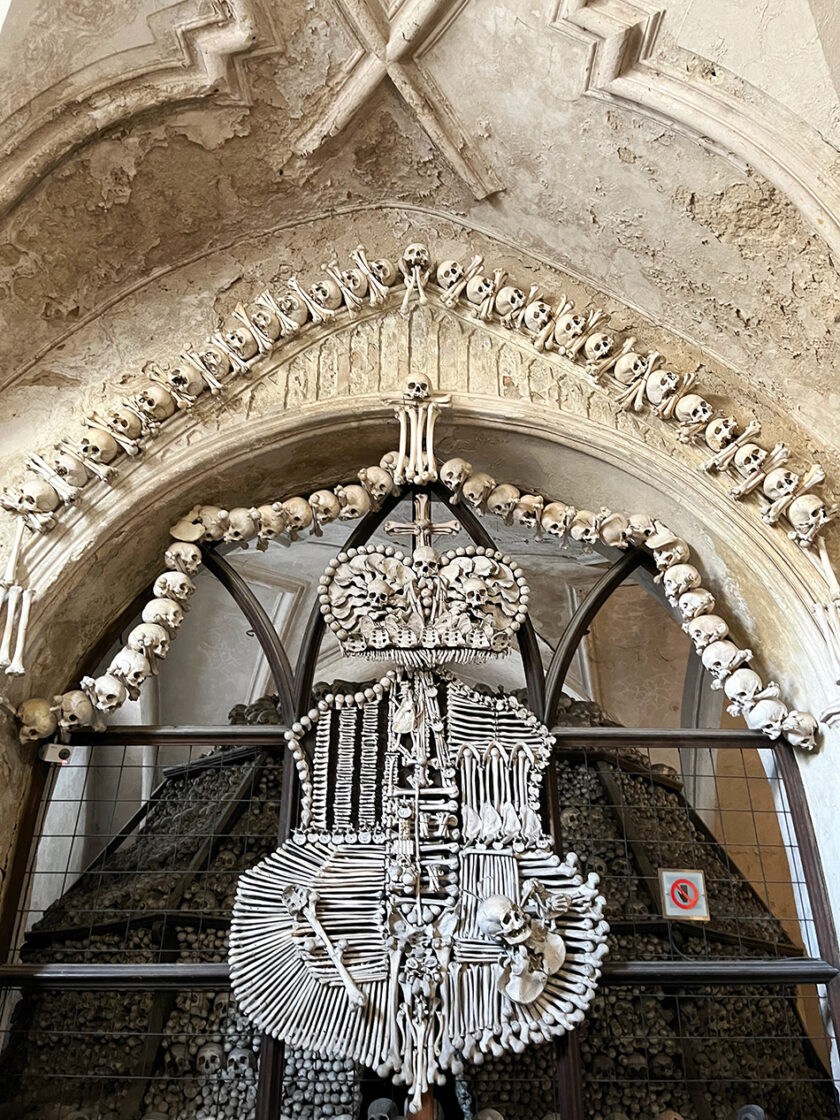
Another striking piece of work is a copy of the Schwarzenberg family’s coat of arms, whose original has stripes in silver and blue and features important happenings in the family’s history such as the conquest in 1598 of a Turkish held fortress in Hungary named Raven (in the bottom right quarter you can see a raven picking the head of an opponent!).
On one of the walls, like a true artist, you’ll even spot where Rint signed his masterpiece with a signature made from bones, as you do.
Is Sedlec Ossuary and Kutna Hora worth visiting?
Absolutely. While this attraction is definitely unique, there’s also sooo much more that Kutna Horta also has to offer, including the exquisite and more traditional St. Barbara’s Cathedral. I also recommend taking a stroll around the charming historic centre, exploring modern art at Gask, delving into the past at the city’s Mining Museum and experiencing the best of traditional Czech food at Restaurace V Ruthardce.
For more information on the history of Kutna Hora and for discovering things to do and see, check out my other post:
Kutna Hora in Czechia: Quirky Attractions & Gothic Architecture
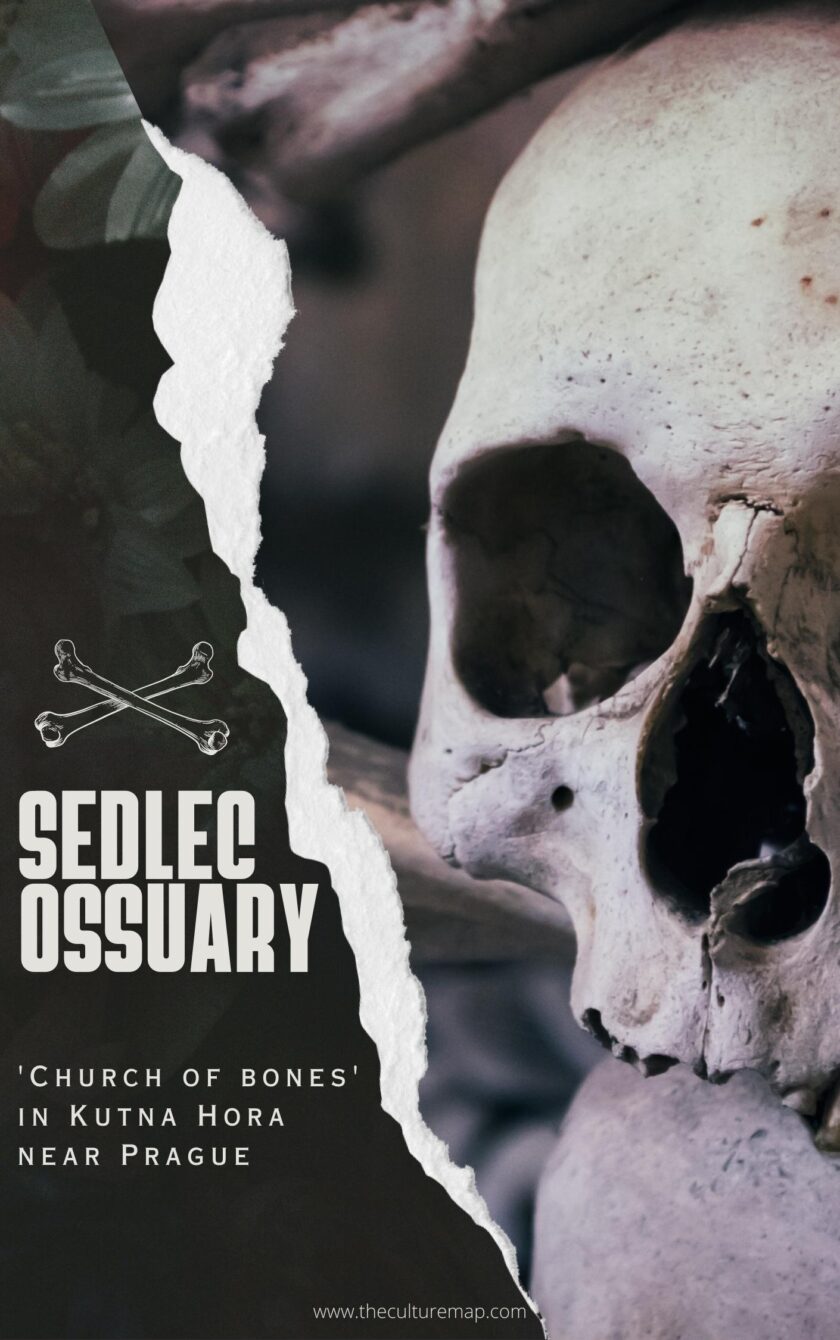
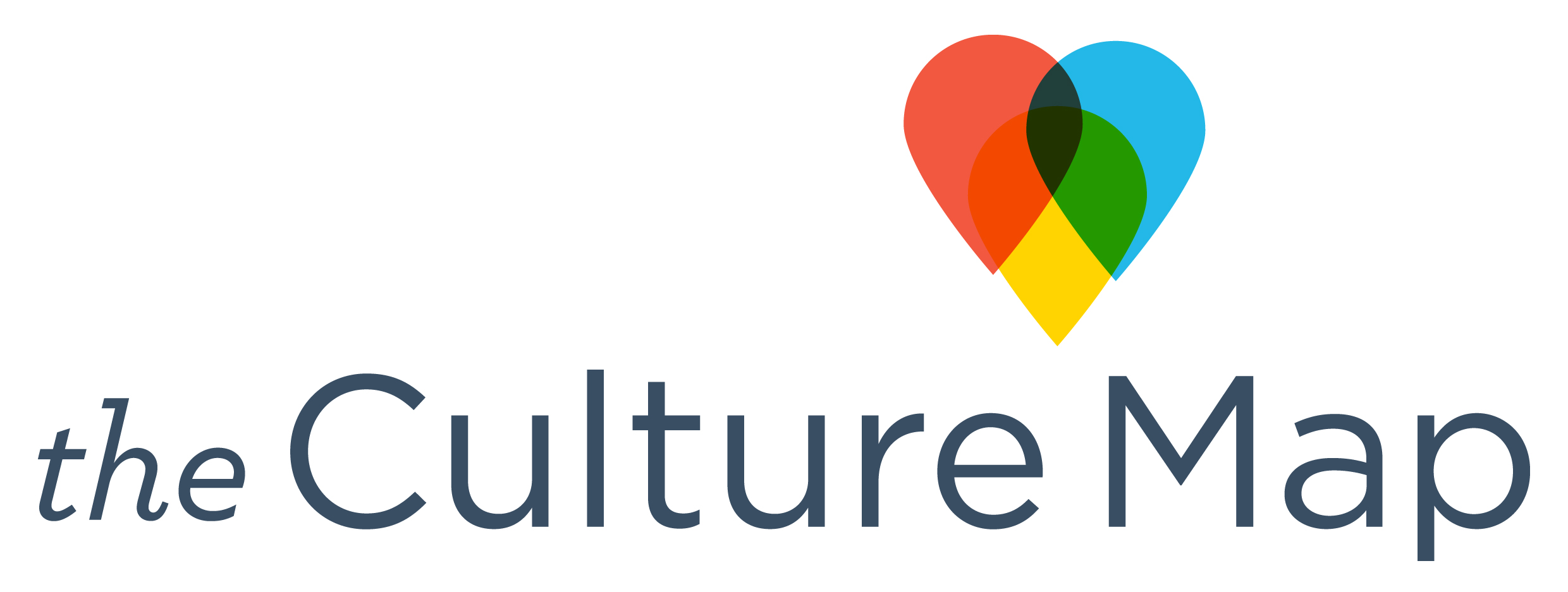

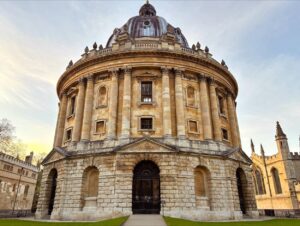

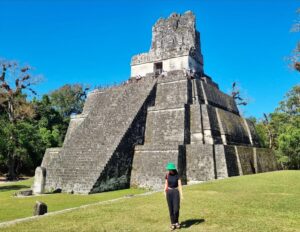
One Response
We visited this amazing, unique place few years ago from Prague on a day tip. Check it out https://footnotesbykaran.com/2016/07/24/its-the-living-who-scare-me/